Multiple launch rocket system "tornado"
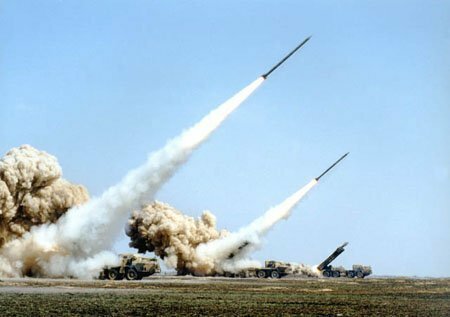
Long-range multiple launch rocket system (MLRS) "Smerch" is designed to defeat any group targets at distant approaches, the vulnerable elements of which are open and sheltered manpower, unarmored, lightly armored and armored vehicles of motorized infantry and tank companies, subunits of artillery, tactical missiles, anti-aircraft systems and helicopters in parking lots, destruction of command posts, communication centers and objects of the military-industrial structure.
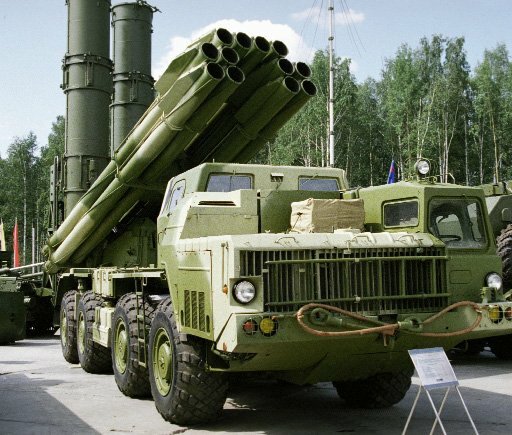
MLRS "Smerch" was adopted in 1987 year and is still rated as the most powerful in the world. The system was developed at the beginning of the 80-s of the SNPP Splav (Tula) in collaboration with more than 20 other enterprises of the USSR. The design began under the direction of the general designer of GNPP Splav - A.N. Ganichev, and ended under the direction of —G.A.Denezhkin.
A number of fundamentally new technical solutions embodied in the design of this system and missile can be attributed to a completely new generation. weapons of this kind. Having created MLRS MLRS Americans came to the conclusion that the range of 30-40 km is the maximum for the MLRS. Its further increase leads to too much dispersion of projectiles. The rockets designed for the Smerch MLRS have a unique design that ensures accuracy of penetration, which is X times the 2-3 times the same indicator of foreign rocket artillery systems.
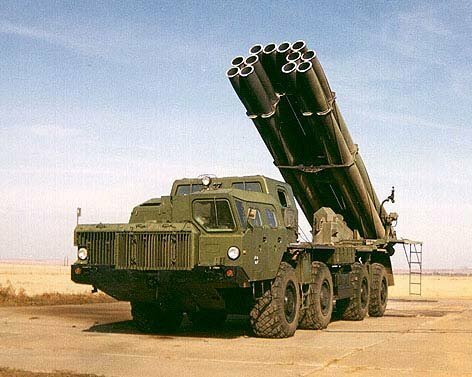
MLRS 9K58 "Smerch" because of the long range of fire and the effectiveness of hitting targets close to tactical missile systems, so along with them were tested and put into service in the military unit 42202.
In 1989, an upgraded model of MLRS 9А52-2 was released.
Currently, the MLRS Smerch is in service with the armies of Russia, Ukraine, Belarus, Kuwait and the United Arab Emirates. Representatives of India and China have shown interest in acquiring this system.
The composition of the MLRS "Smerch" includes the following weapons:
Fighting vehicle (BM) 9K58;
Transport-loading machine 9Т234-2;
Rockets;
Training tools 9F827;
A set of special arsenal equipment and tools 9Ф819;
Complex of means of automated fire control (KSAUO) 9С729М1 "Mise-1";
Land surveying vehicle 1Т12-2М;
The radio direction-finding meteorological complex 1B44.
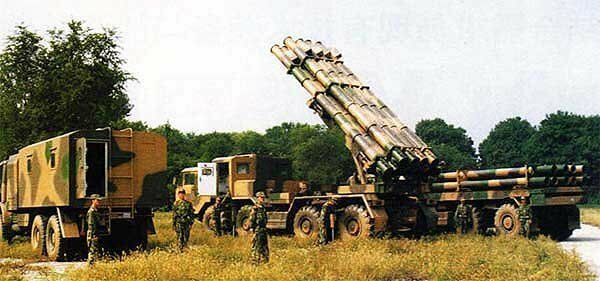
The launcher consists of the artillery unit and the four-axle chassis of the MAZ-543 all-terrain vehicle. The artillery unit is mounted in the stern of the wheeled chassis, and in front are the driver's cabin (on the left, while driving), the engine compartment and the crew cabin, which houses the radio communications and equipment of the fire control system.
MLRS provides combat and operational characteristics at any time of the day and year in the range of surface temperatures from + 50 to -50С.
"Smerch" is a weapon of a new qualitative level, it has no analogues in terms of the range and effectiveness of fire, the area of destruction of manpower and armored vehicles. If Grad covers an area in 4 ha at a distance of 20 km, Hurricane - 29 ha at a distance of 35 km, MLRS - 33 ha at a distance of 30 km, then Smerch has a fantastic area of damage - 67 ha (672 thousand square meters . m) with a range of volley from 20 to 70 km, in the near future - up to a hundred. And the "Smerch" burns everything, even armored vehicles.
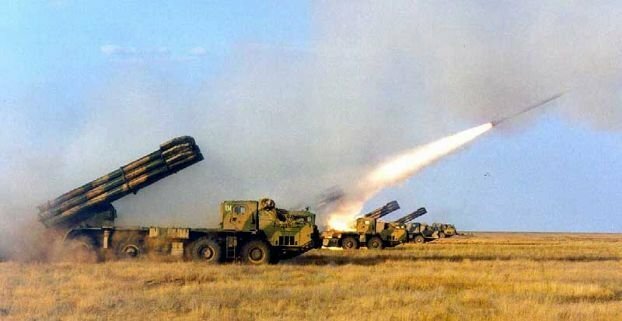
300-mm projectiles MLRS "Smerch" have a classic aerodynamic layout and are equipped with an effective solid-fuel mixed-fuel engine. A distinctive feature of the projectiles is the presence of a flight control system that corrects the trajectory of pitch and yaw. Due to the use of this system, the accuracy of hits "Smerch" was increased 2 times (does not exceed the value of 0,21% of the range of the volley, that is, about 150 m, which brings it closer to accuracy to artillery guns), and accuracy of fire - 3 times. The correction is carried out by gas-dynamic rudders, driven by high-pressure gas from the onboard gas generator. In addition, the projectile stabilization in flight occurs due to its rotation around the longitudinal axis, provided by preliminary unwinding while moving along the tubular guide and supported in flight due to the installation of the blades of the drop-down stabilizer under a certain angle to the longitudinal axis of the projectile.
The ammunition includes the following types of shells:
9M55F projectile with detachable monoblock high-explosive fragmentation warhead;
9М55К projectile with a cassette warhead containing 72 frag-type combat elements;
9М55К1 projectile with a cassette warhead containing five self-aiming ammunition;
9М55К4 projectile with cassette warhead for anti-tank mining;
9М55К5 projectile with cassette warhead with cumulative fragmentation combat elements;
9М55С projectile with thermobaric warhead;
9M528 projectile with high-explosive fragmentation warhead.
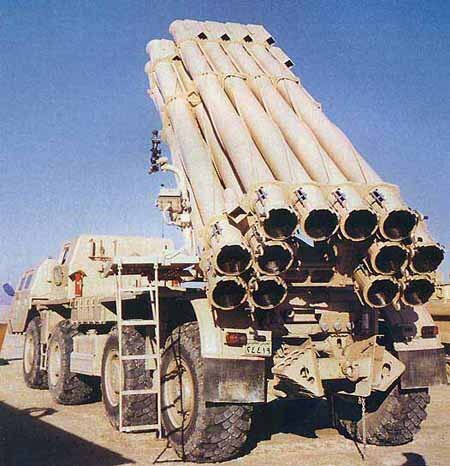
Shooting can be carried out by single shells or in one gulp. A full salvo of a combat vehicle is made in 38 seconds. Launching projectiles is provided from the cockpit of a combat vehicle or with the help of a remote control. The power of the volley of three MLRS Smerch installations is, in its effectiveness, equal to the “work” of two brigades armed with the Tochka-U missile systems 9K79. A salvo of one car covers an area of 672 thousand square meters. 12 volley 9М55К rockets with high-explosive cluster cluster covers the 400 000 square. m
The “Smerch” corrective projectile is also characterized by the fact that the warhead of its 800 kg is 280 - this is the ideal ratio between the main engine and the striking elements. The 72 ammunition cartridge weighs 2 kg. The angle of meeting them with a view (with the ground, trenches, enemy military equipment) is not the same as for a regular projectile - from 30 to 60 degrees, but due to a special device it is strictly vertical - 90 degrees. The cones of such "meteorites" easily pierce the towers, the upper cover of armored personnel carriers, combat vehicles, SAU, where the armor is not very thick, and the covers of tank transmissions.
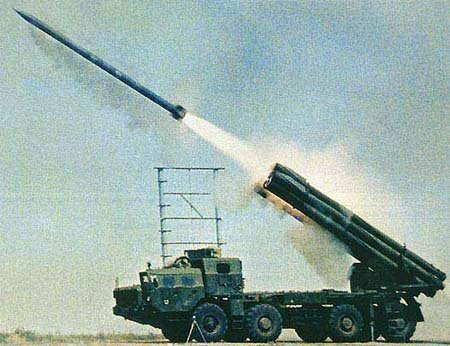
The modernization of the BM 9А52-2 regarding the introduction of combat control and communications equipment (ABUS) and the automated guidance and fire control system (ASUNO) made it possible to additionally provide:
automated high-speed reception (transmission) of information and protection from unauthorized access, visual display of information on the scoreboard and its storage;
autonomous topographic location and orientation of BM on the ground with the display on the electronic map;
automated calculation of firing systems and flight mission data;
free guidance of a package of guides without leaving the calculation from the cab.
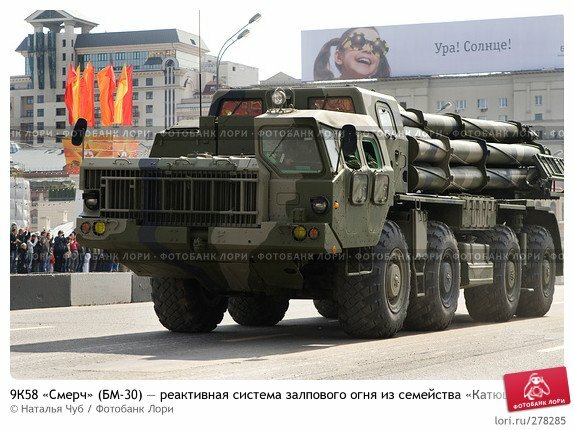
An important contribution to improving the combat effectiveness of the MLRS Smerch was made by the automated fire control system Vivarium, developed and produced by the Tomsk production association Kontur. This system combines several command and staff vehicles at the disposal of the commander and chief of staff of the MLRS brigade, as well as the divisional commanders (up to three) and batteries (up to eighteen) subordinate to them. Each of these vehicles, based on the KamAZ-4310 vehicle, has an E-715-1.1 digital computer, displays, printing devices, communications equipment and communication sensitive equipment. Machines have autonomous power supply systems in position and in motion.
The equipment of the command-staff machines of the Vivarium system provides information exchange with superior, subordinate and interacting controls, solves the tasks of planning concentrated fire and fire on columns, prepares data for firing, collects and analyzes information on the status of artillery units.
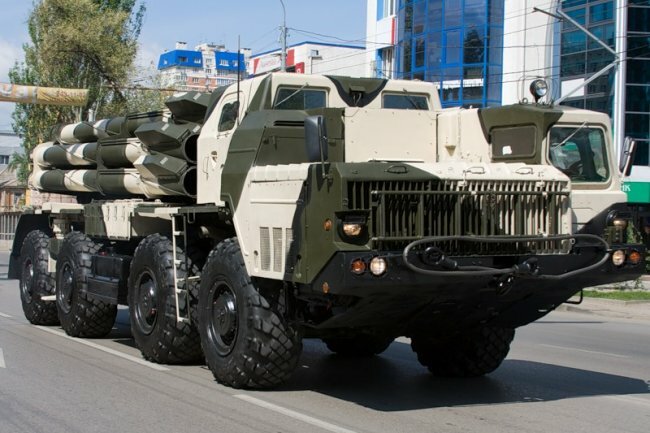
Information